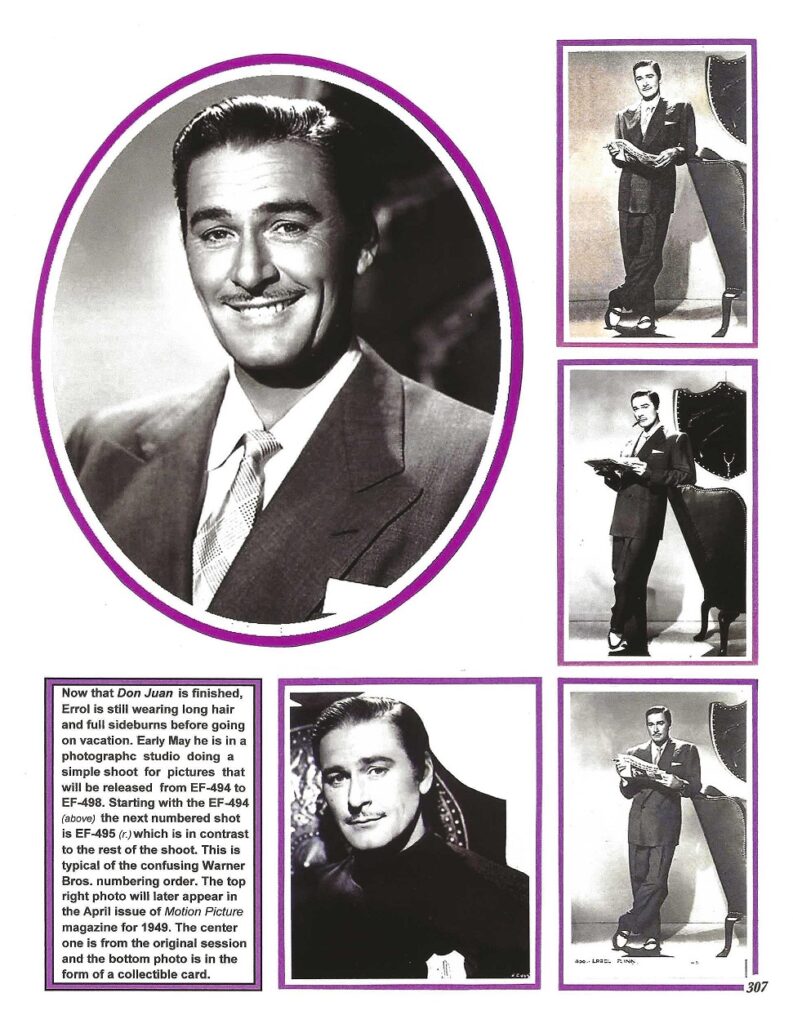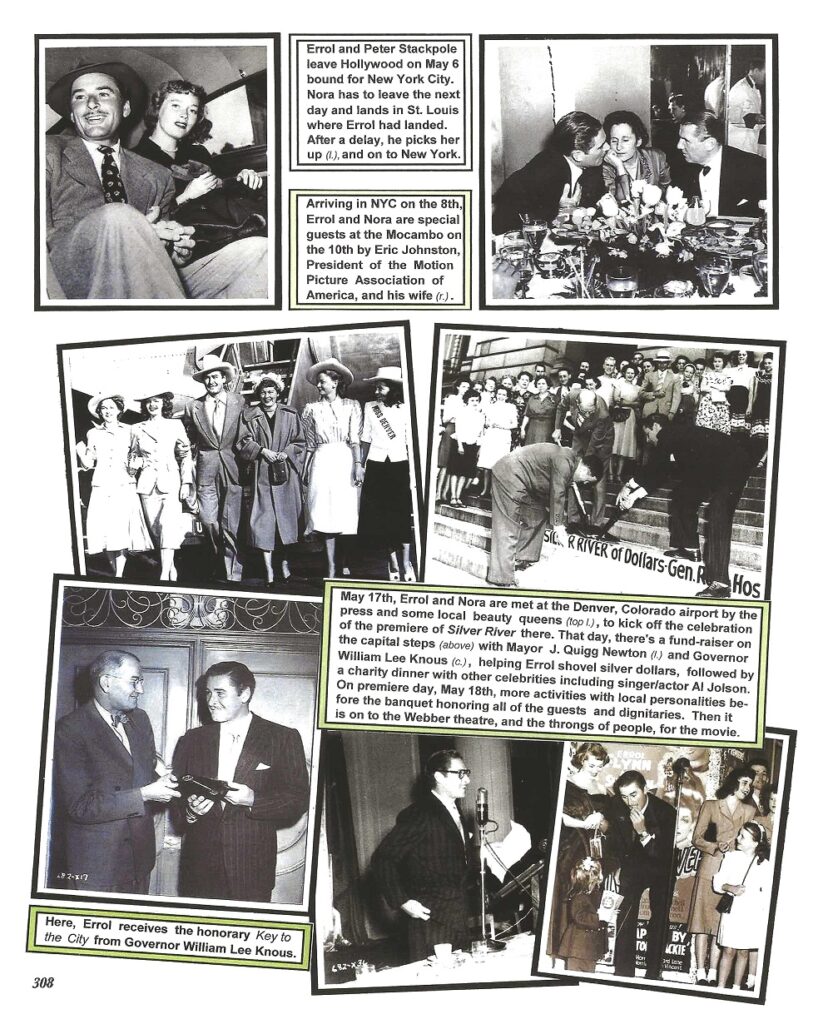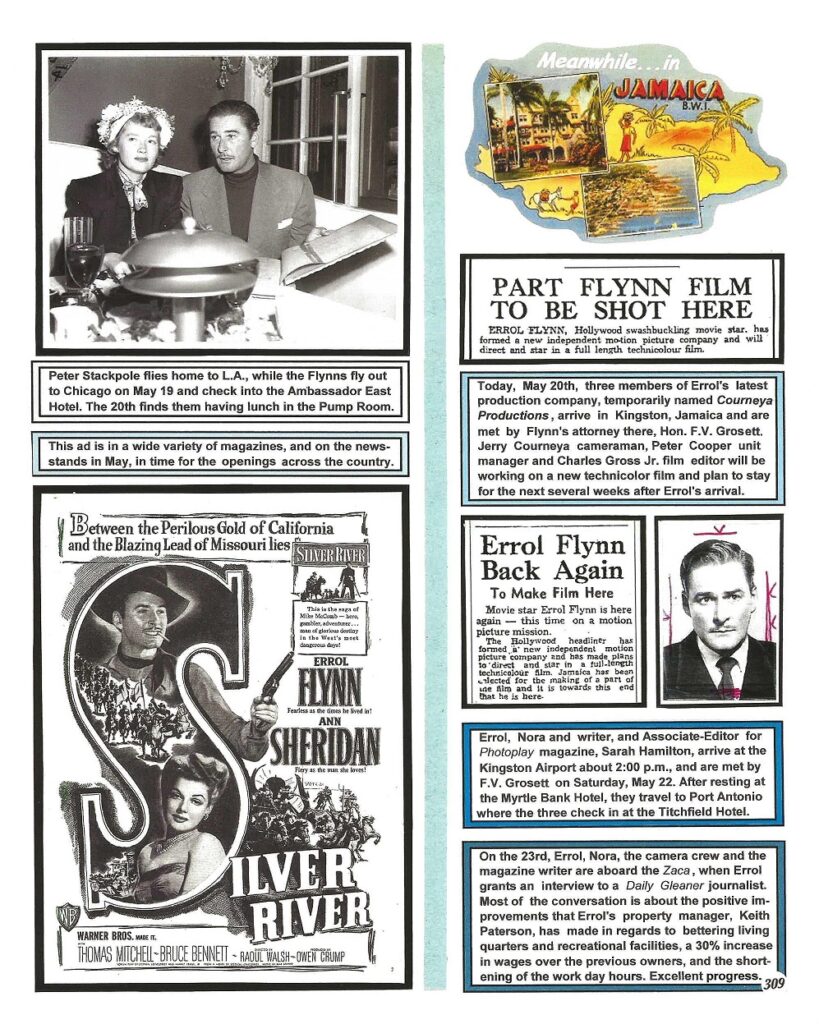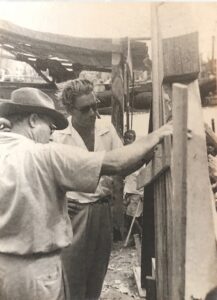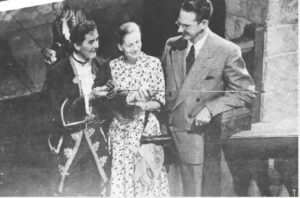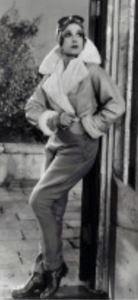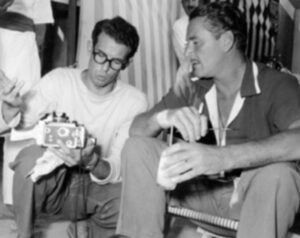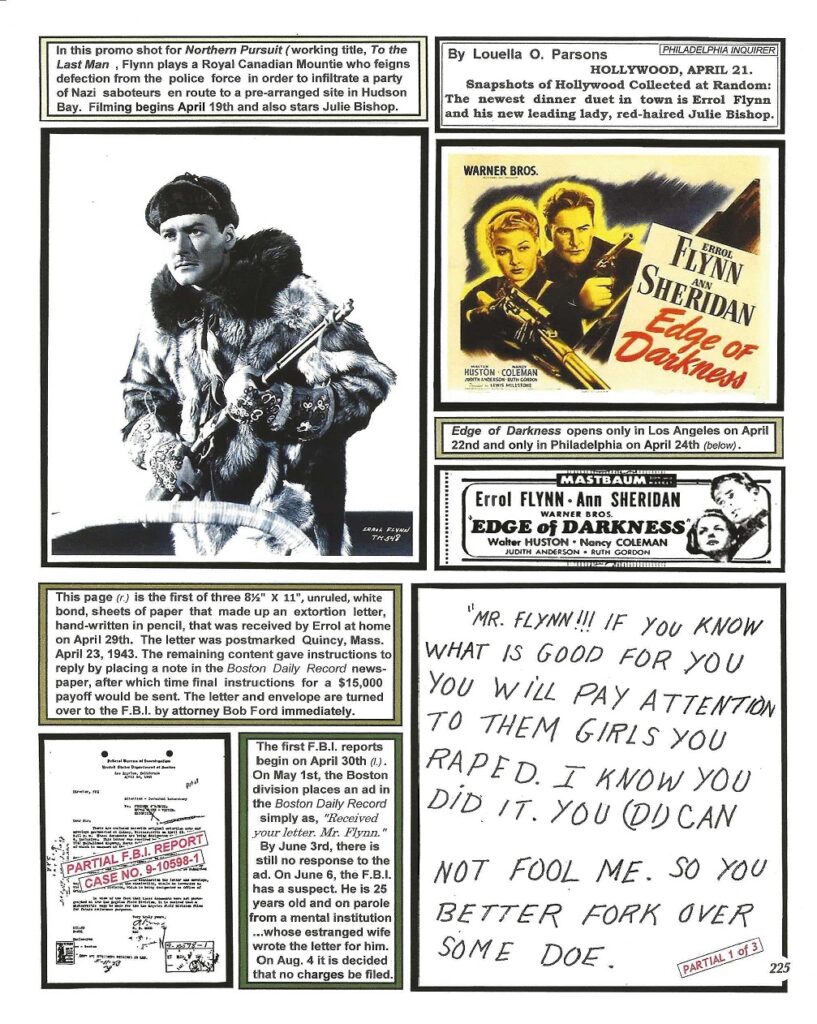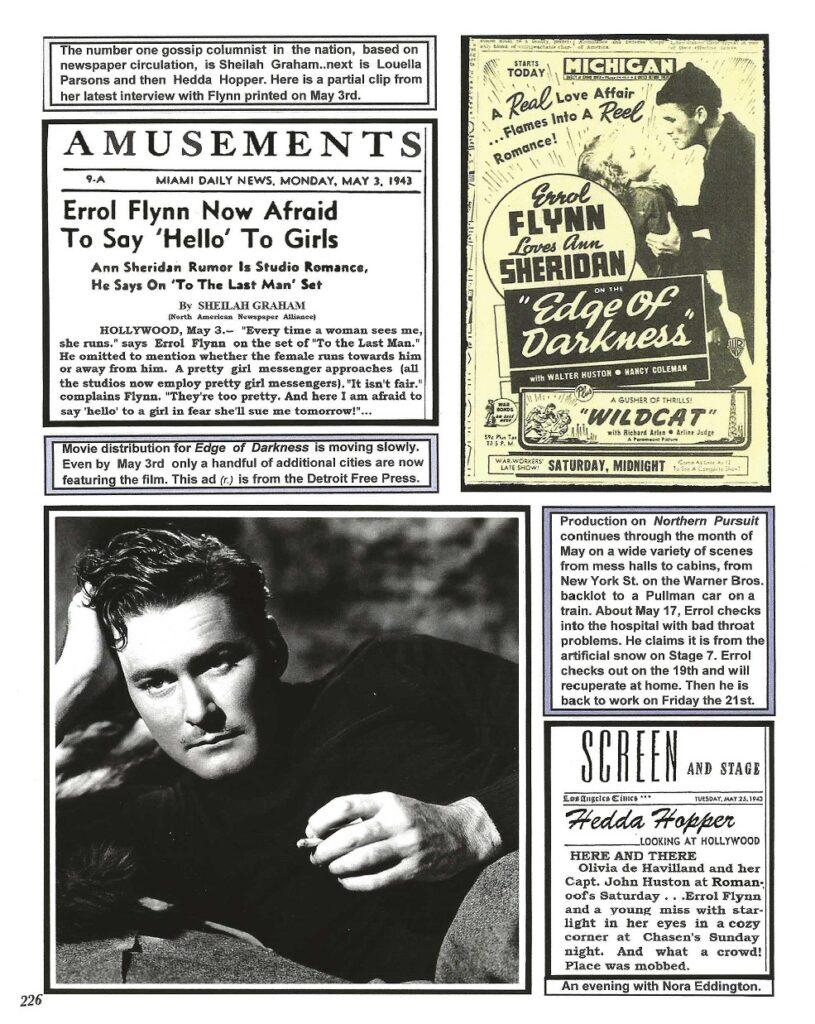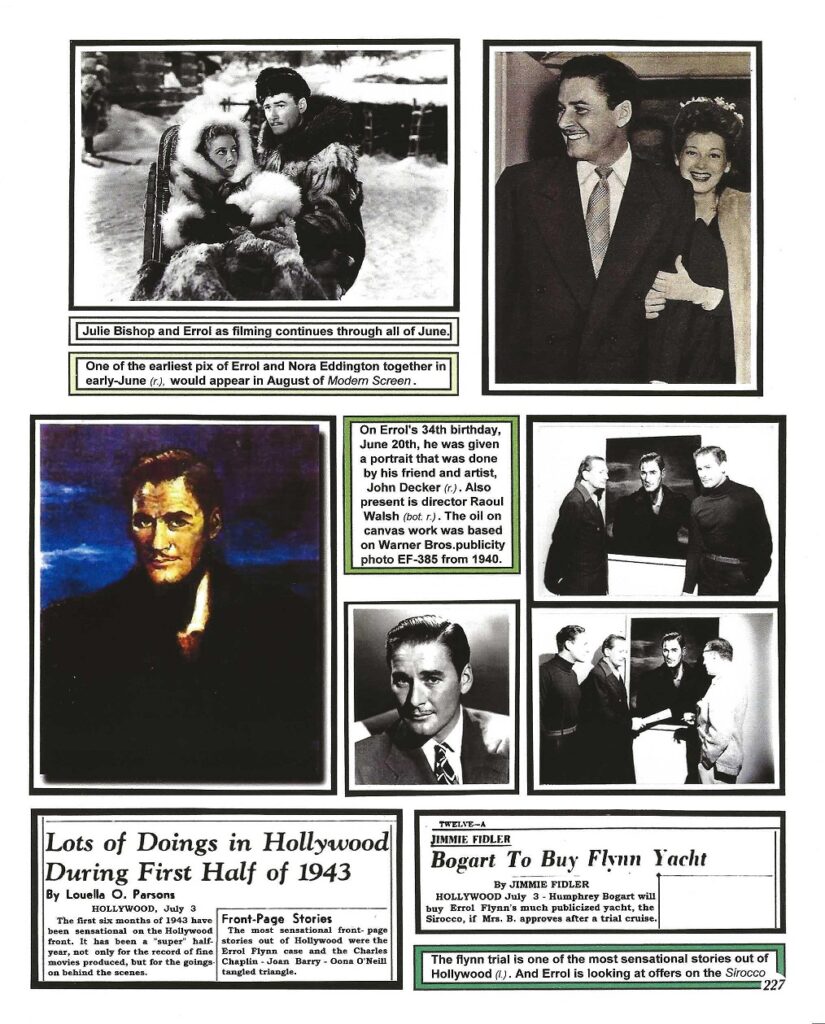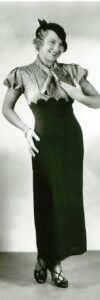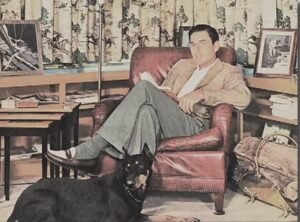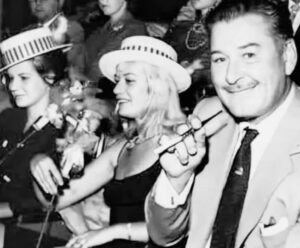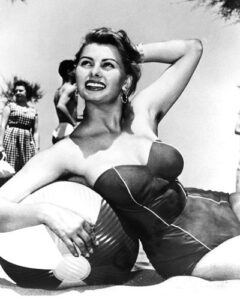
Dear Flynnstones,
happy 90th birthday to Sofia Costanza Brigida Villani Scicolone, also known as Signoria Sophia Loren. To her fellow italians she either is “La Loren“ or “Sophia Nazionale“, being the national treasure she is.
Errol known to make a pass at any female beauty, sursprisingly passed on her, when director Jack Cardiff suggested her for the lead in their ill fated Will Tell tale.
“My casting director, Michael Washensky, had mentioned an attractive girl called Lazzaro, who worked as an extra but desperately wanted the sucurity of a contract. She was eighteen, tall and lanky, and her shyness was accentuated by her scanty knowledge of English. But it was her eyes that interested me. Large, luminous and slanted slightly upwards, they were tender brown, witha subtle topaz glint. Eyes that would be difficult for any man to forget. Her nose was long and her lips were large and sensous. She had a voluptous grace that reminded me of a Parmigianino madonna. She was definitely star material, and I decided to make a screen test. I dressed her in a black silk outfit, and she looked terrific. Errol returned from his trip to Germany and saw the test. I noticed he was a little more drunk as usual. The test was excellent; the girl had kind of Rita Hayworth glamour, and I had shot extra large close-ups to show those unforgettable eyes. I naturally expected Errol to be enthusiastic but, to my astonishment, he was not impressed: ‘Sorry, I can see nothing in this girl… nothing at all.’
The part of Anna Walden went to italien actress Antonella Lualdi, not to Miss Extravaganza of 1950.
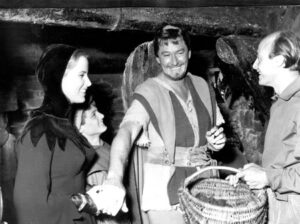
Sophia not-to-be Anna came as close to filming with Flynn when she did El Cid with Charlton Heston, a movie vehicle considered for Errol Flynn in the 50s.
Enjoy,
— shangheinz
